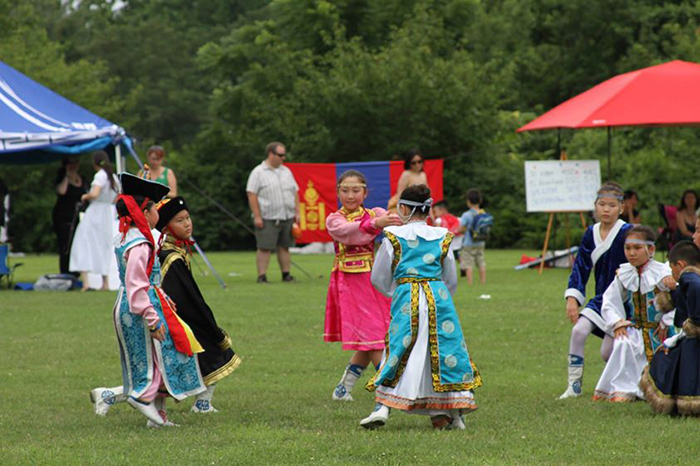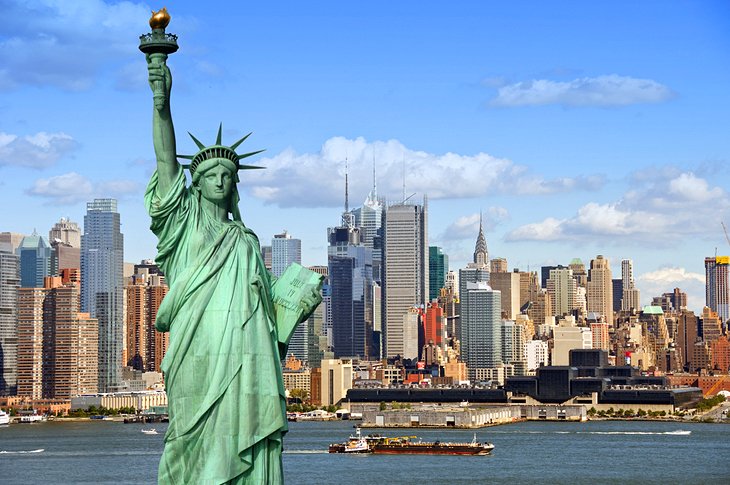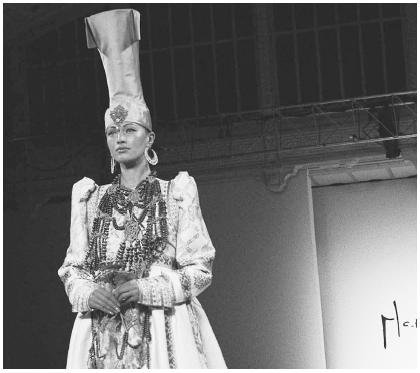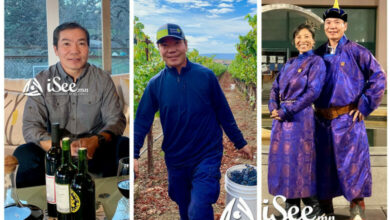Human Story
Exploring the Rich Cultural Heritage of Mongolians in America

The United States of America is a diverse melting pot of cultures, and among its rich tapestry, the Mongolian community stands out as a unique and vibrant group. With a rich history spanning centuries, Mongolians have made significant contributions to various aspects of American society. In this article, we will delve into the journey of Mongolians in America, their cultural heritage, challenges faced, and the lasting impact they have made on the multicultural fabric of the nation.
- Historical Background:
The presence of Mongolians in America can be traced back to the mid-19th century when a small number of Mongolian immigrants began arriving in the United States. Many came as students or diplomatic representatives, while others sought economic opportunities during the gold rush era. Over time, the Mongolian community grew as more individuals and families settled in different parts of the country, establishing their unique identity and contributing to their new homeland.
- Cultural Heritage:
Mongolian culture is deeply rooted in nomadic traditions, with a rich history of horsemanship, herding, and traditional arts. Despite being geographically distant from their ancestral land, Mongolians in America have successfully preserved and celebrated their cultural heritage. They continue to practice traditional arts such as throat singing, Mongolian dance, and horseback riding, organizing cultural events and festivals to showcase their customs and share them with the wider American community.

- Educational and Professional Achievements:
Mongolians in America have excelled in various fields, contributing to the cultural, academic, scientific, and economic landscapes of the country. Many Mongolian individuals have pursued higher education in American universities and have become professionals in fields such as medicine, engineering, technology, arts, and academia. Their accomplishments not only bring pride to the Mongolian community but also contribute to the overall progress and diversity of American society.
- Challenges and Cultural Integration:
Like any immigrant community, Mongolians in America have faced unique challenges in their journey of cultural integration. Language barriers, cultural adjustments, and navigating a new social and educational system are among the initial hurdles encountered. However, Mongolians have shown resilience and adaptability, establishing community organizations and support networks that promote cultural preservation, provide assistance to newcomers, and foster a sense of belonging.
- Contributions to Multicultural America:
Mongolians in America have made substantial contributions to the multicultural landscape of the nation. Through their traditional arts, cuisine, festivals, and cultural exchange programs, they have enriched the tapestry of American society. Mongolian cuisine, known for its unique flavors and dishes such as buuz (steamed dumplings) and khorkhog (traditional meat stew), has gained popularity in certain regions, introducing Americans to new culinary experiences.
Additionally, Mongolians have facilitated cultural exchanges between the United States and Mongolia, fostering diplomatic and economic relationships. Their unique perspective and experiences contribute to a more globalized and interconnected world, promoting understanding and appreciation of diverse cultures.

Conclusion:
The presence of Mongolians in America is a testament to the nation’s commitment to diversity and inclusivity. Mongolian immigrants and their descendants have preserved their cultural heritage while actively participating in the fabric of American society. Through their achievements in various fields, they have contributed to the growth and enrichment of the nation. The story of Mongolians in America is a testament to the power of cultural diversity, highlighting the importance of embracing and celebrating different traditions within the United States.




